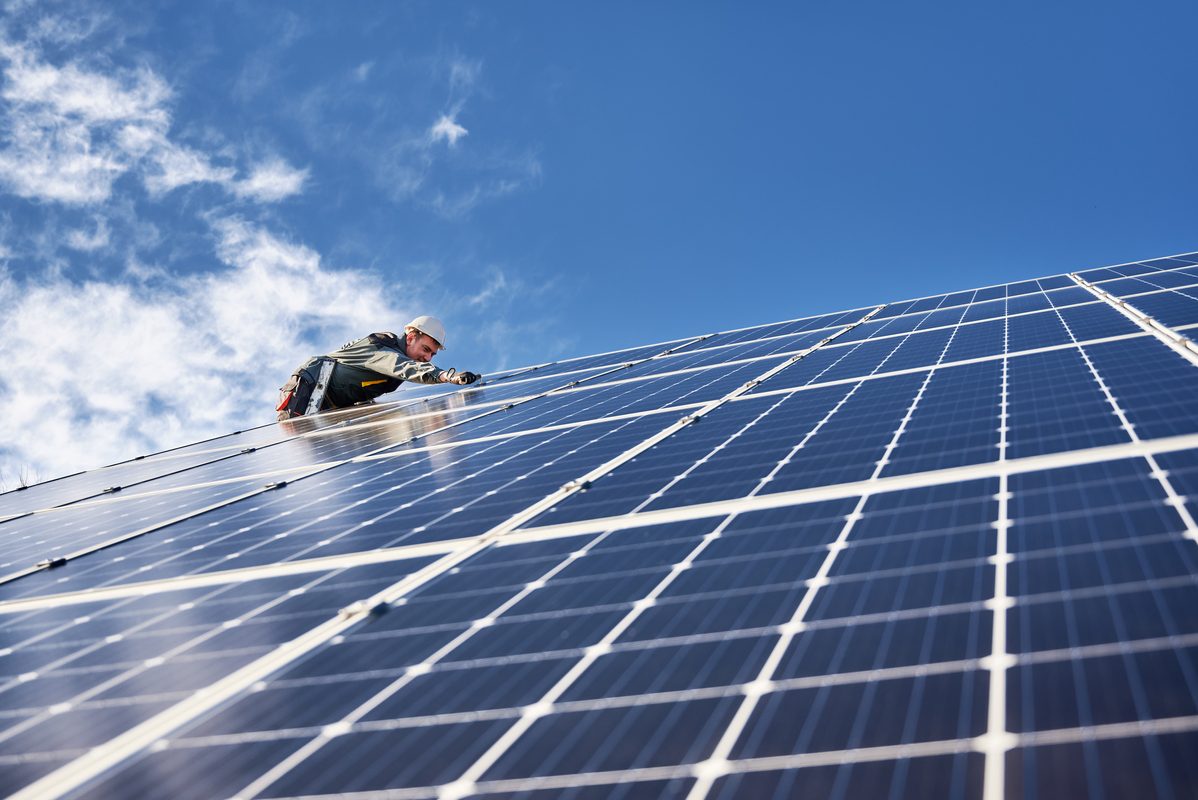Significantly fewer solar installations were added to the grid in the U.S. last year than in 2021, according to a quarterly report by market research firm Wood Mackenzie and the Solar Energy Industries Association, which found that newly installed capacity fell 16 percent, in part due to supply chain issues. The industry was also affected by the seizure of panels sourced from China’s Xinjiang region, which have been linked to forced labor. Reuters news agency reported last November that more than 1,000 shipments of solar energy components had been confiscated by authorities due to these concerns.
The study authors also expect uncertainties in the industry in 2023, citing such issues as the as-yet incomplete guidelines for tax incentives under the Inflation Reduction Act (IRA), which is intended to accelerate the transformation toward carbon neutrality. In addition, there are the limited manufacturing capacities for solar modules in the USA and possible new tariffs for components from Asian countries.
Nevertheless, the outlook for further development is positive, with installed solar capacity set to grow from the current 141 gigawatts to more than 700 gigawatts by 2033, according to the report.
Photo: iStock/anatoliy_gleb


